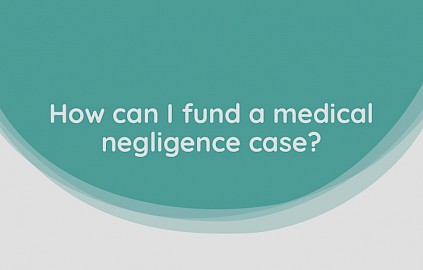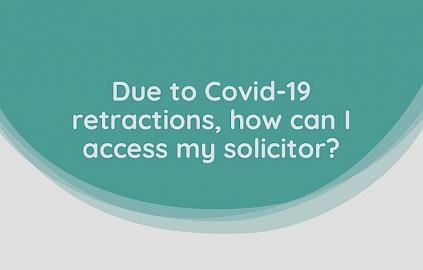Gallstones and the Bile Duct Medical Negligence Solicitors
Compensation can be claimed where there has been inappropriate advice given concerning which treatment you should have, or where there has been excessive delay in care being provided, or substandard surgical care that amounts to actual Medical Negligence.
Do contact our friendly team of specialist lawyers at Medical Solicitors. We conduct most of our Clinical and Medical Negligence claims under ‘No Win, No Fee’ agreements, also known as Conditional Fee Agreements. So, our clients do not have to worry about how they can possibyl afford the costs of paying for gallstone compensation claims. You have nothing to lose in speaking to us.
Information about Gallstones
Gallstones are a common problem, more so for women and the elderly, and some risk factors are obesity, cholesterol lowering medication, rapid weight loss and diabetes. About 80% of people experience no symptoms and can live with gallstones but others can experience pain in the upper abdomen and back, vomiting, bloating, indigestion and gas.
There are various investigations that can be undertaken such as ultrasound and imaging (x-ray, CT and MRI) to detect gallstones, blood tests to check for signs of infection and obstruction caused by stones, and to rule out other conditions.
MRCP – magnetic resonance cholangiopancreatography – this is a non-invasive test involving an MRI scanner to check for abnormalities in the liver, gallbladder, bile ducts, pancreas and pancreatic duct. The dye may be given during the scan. This is less invasive than the alternative test, ERCP.
“ERCP” (Endoscopic retrograde cholangiopancreatography):
The doctor inserts an endoscope through the patient’s mouth down to the small intestine and injects a dye to help visualise the bile ducts. The doctor can then remove gallstones that have moved into the ducts.
Laparoscopic cholecystectomy (“keyhole surgery”)
During this procedure, instruments and a light and a camera are passed through several small incisions in the abdomen. The surgeon views the inside of the body by looking at a video monitor. This procedure is used in approximately 90% of gall bladder removals. After the surgery, the patient spends the night in the hospital.
This is a more invasive procedure in which the surgeon makes incisions in the abdomen to remove the gall bladder. The patient stays in the hospital for a few days after the surgery.
If gallstones are in the bile ducts, ERCP may be used to find and remove them before or during gall bladder surgery.
If you have a medical condition that prevents gallstone surgery, medication that can dissolves cholesterol stones. Mild diarrhoea is a side effect of these medicines. However, you may have to take the medicine for years to completely dissolve the stones and the stones may come back.
Another option is extracorporeal shockwave lithotripsy, in which high-energy sound waves are used to shatter gallstones into small fragments that may then be responsive to dissolving medicines, or may pass out of the bile ducts into the intestine where the fragments can leave the body with other waste products.
In the vast majority of cases, gall bladder surgery is successful, but sometimes patients end up with a bile duct leak which can cause long terms problems if it is not recognised quickly enough and treated.
Delay in diagnosis and treatment
Whilst bile duct injury can be a known complication of such surgery, it is often the delay in diagnosing and treating the bile duct injury which is negligent.
What is a bile duct injury?
Bile duct injuries are damage to the bile ducts that happen during gallbladder surgery. A bile duct can get cut, burned, or pinched. As a result of an injury, the bile duct will not be able to work right, leaking bile into the abdomen or blocking the normal flow of bile. Bile duct injuries lead to symptoms that can be painful, even deadly, if not treated.
What causes bile duct injuries during surgery?
Most bile duct injuries that occur during gallbladder surgery happen because the area around the gallbladder and bile ducts is masked in some way so that the doctor cannot see it clearly. This can happen if the area’s structure (anatomy) is different than normal, or if there is a lot of bleeding, swelling, or scarring in the area.
How common are bile duct injuries during surgery?
The numbers vary by study. Some estimate that bile duct injuries occur in one in 1,000 cases of laparoscopic gallbladder surgery. They occur less often in open surgeries.
How do I know if my bile duct of damaged?
Some bile duct injuries are found by the doctor at the time of surgery. If not, the first sign of a bile duct injury is failing to recover quickly after the procedure. Other symptoms might include:
- Fever
- Chills
- Nausea
- Vomiting
- Abdominal pain
- Swelling of the abdomen
- General discomfort
- Jaundice (yellowing of the skin and the whites of the eyes)











